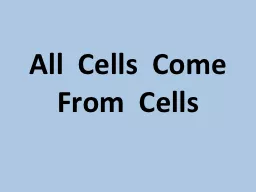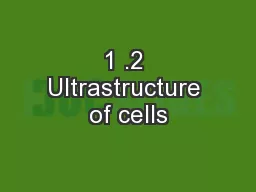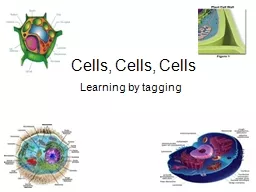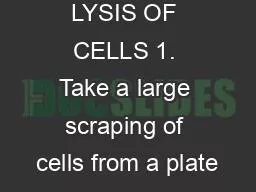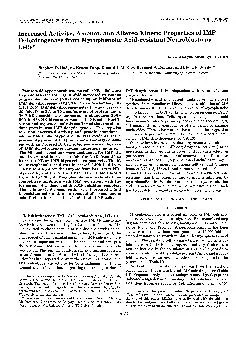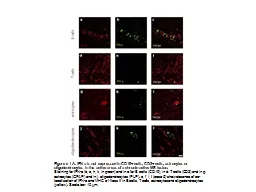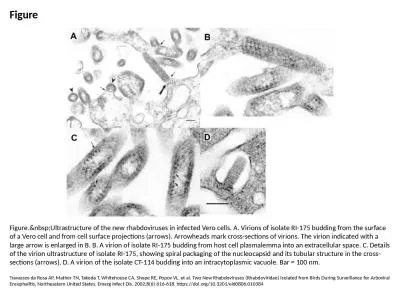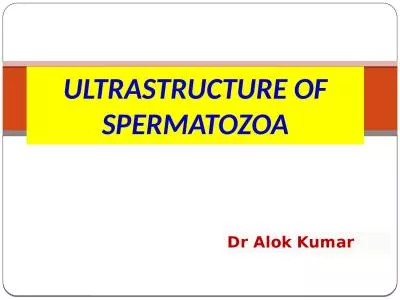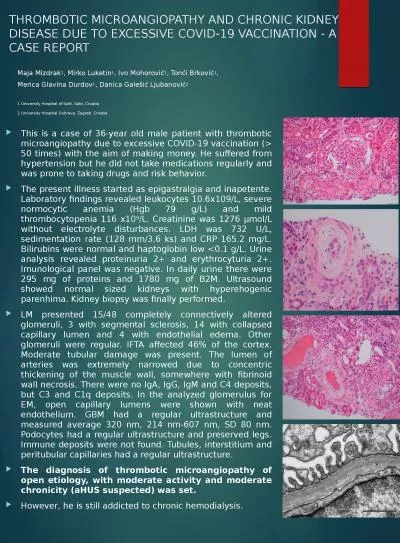PPT-1 .2 Ultrastructure of cells
Author : mitsue-stanley | Published Date : 2017-10-19
Essential idea Eukaryotes have a much more complex cell structure than prokaryotes T he background image above is an electron micrograph of pancreatic exocrine
Presentation Embed Code
Download Presentation
Download Presentation The PPT/PDF document "1 .2 Ultrastructure of cells" is the property of its rightful owner. Permission is granted to download and print the materials on this website for personal, non-commercial use only, and to display it on your personal computer provided you do not modify the materials and that you retain all copyright notices contained in the materials. By downloading content from our website, you accept the terms of this agreement.
1 .2 Ultrastructure of cells: Transcript
Download Rules Of Document
"1 .2 Ultrastructure of cells"The content belongs to its owner. You may download and print it for personal use, without modification, and keep all copyright notices. By downloading, you agree to these terms.
Related Documents


